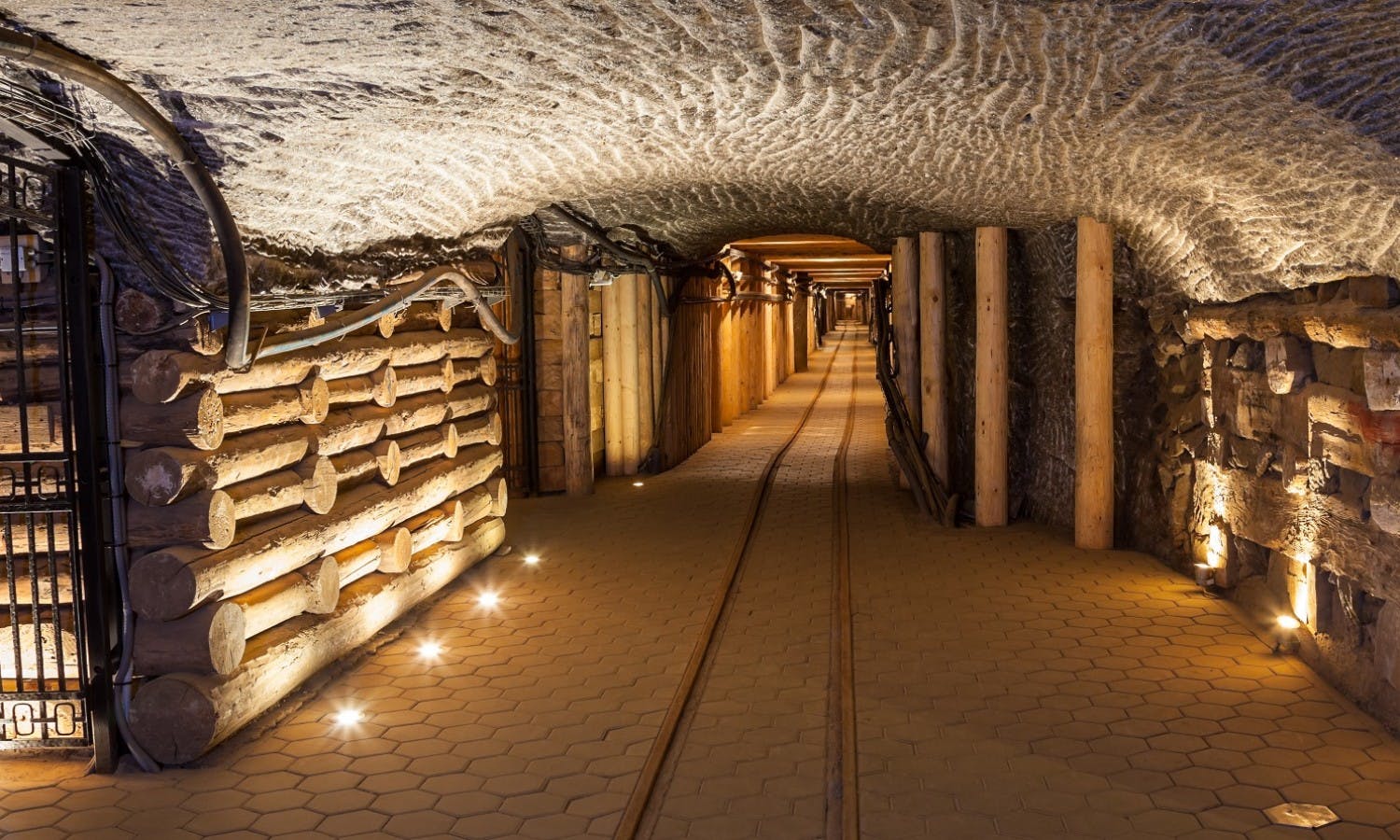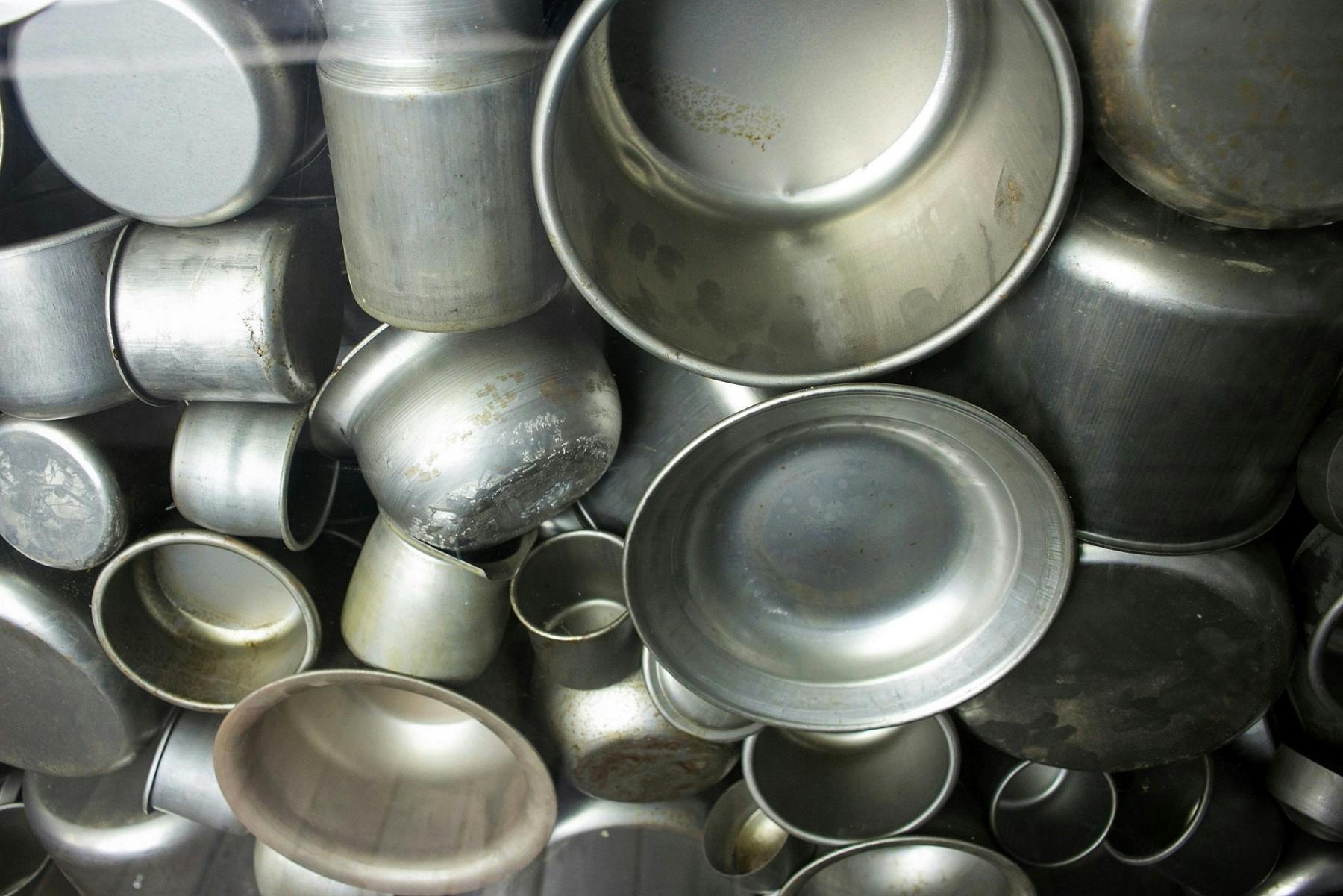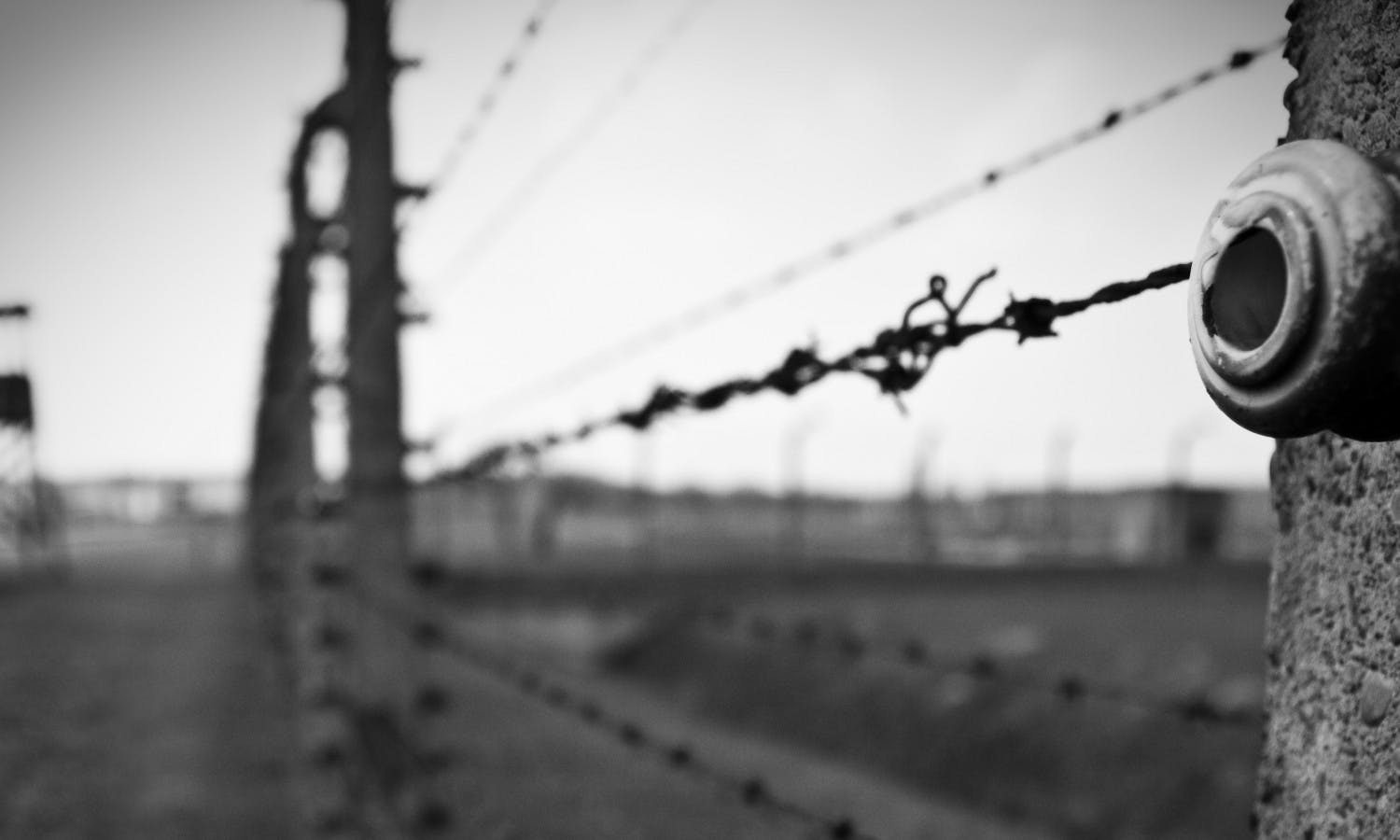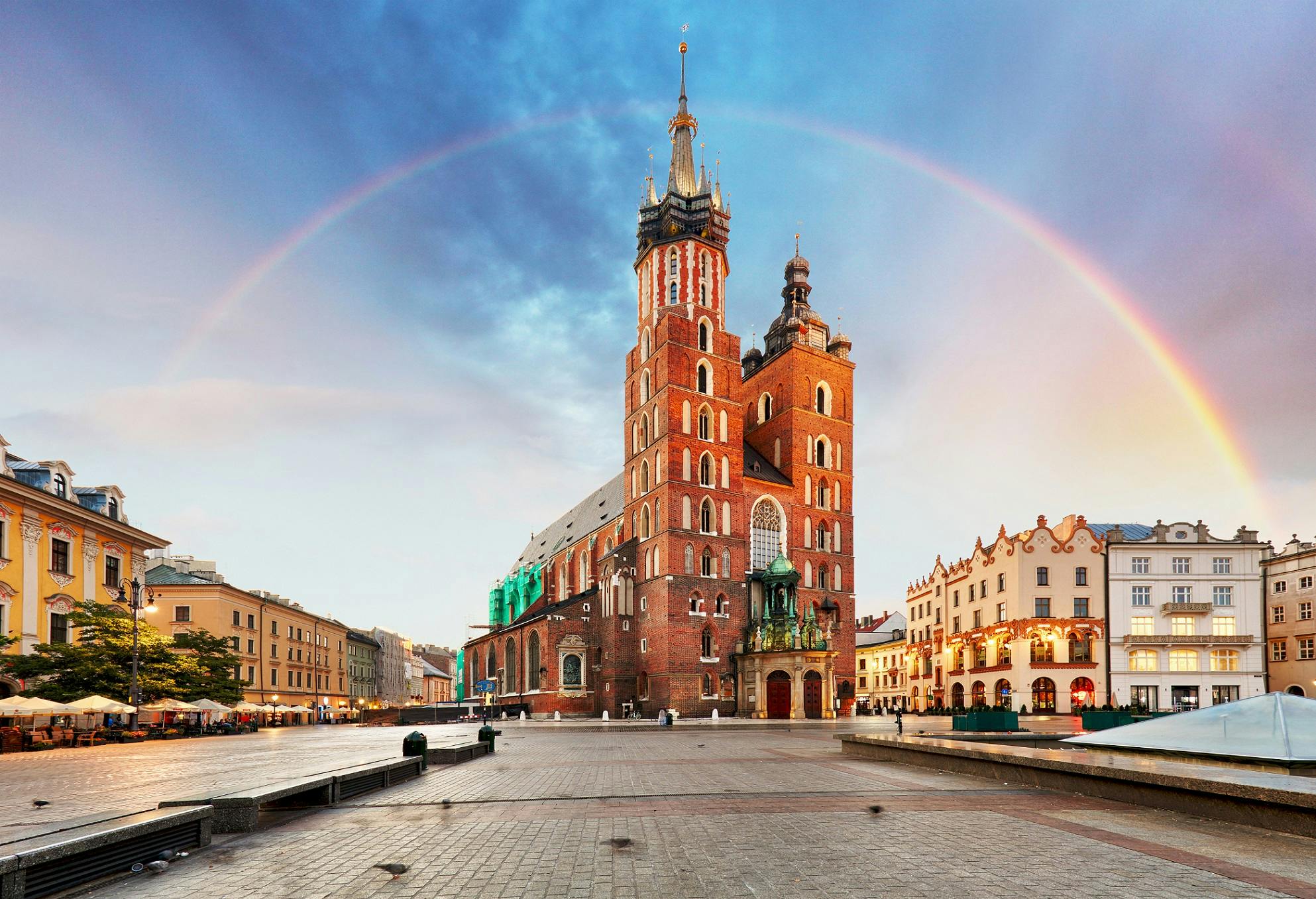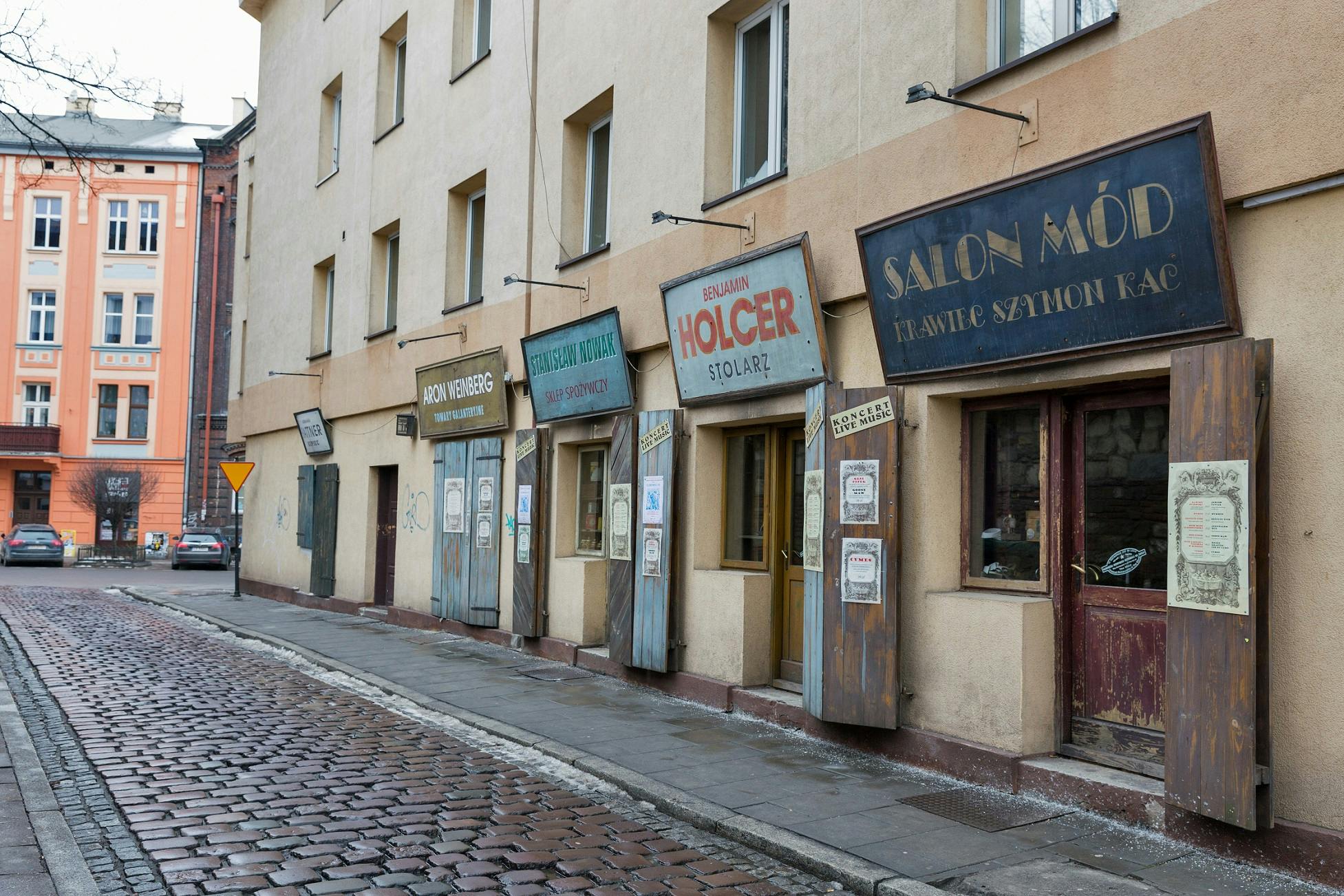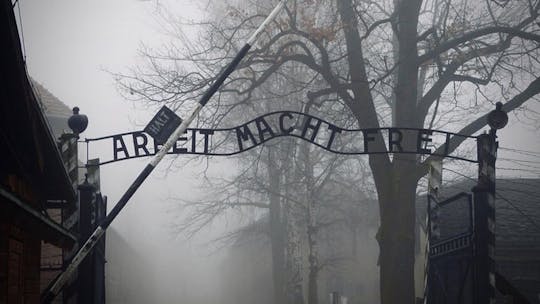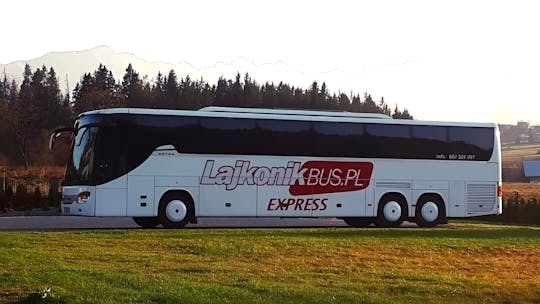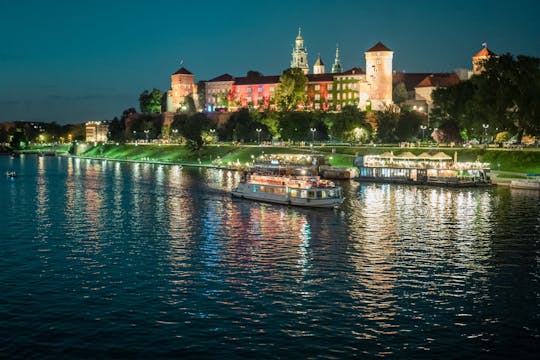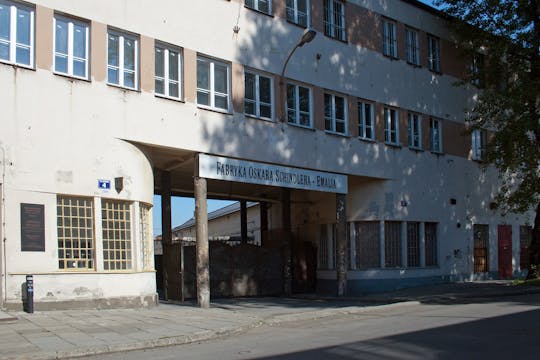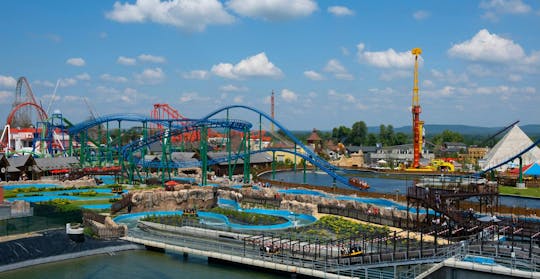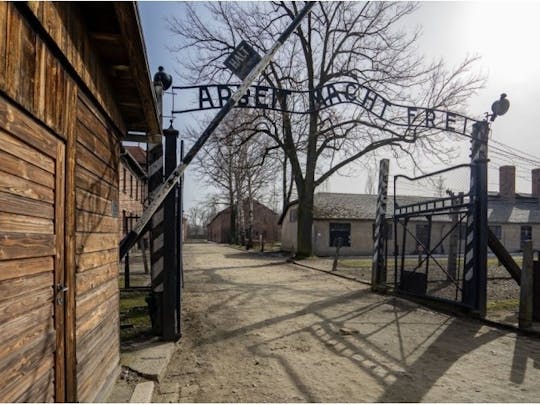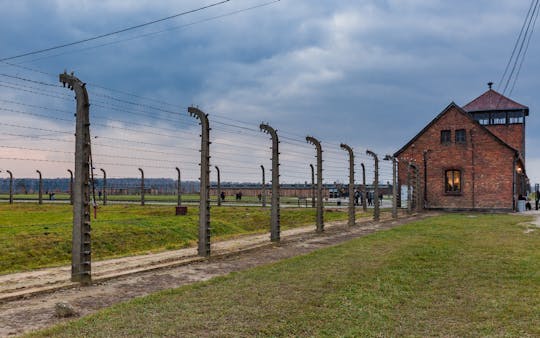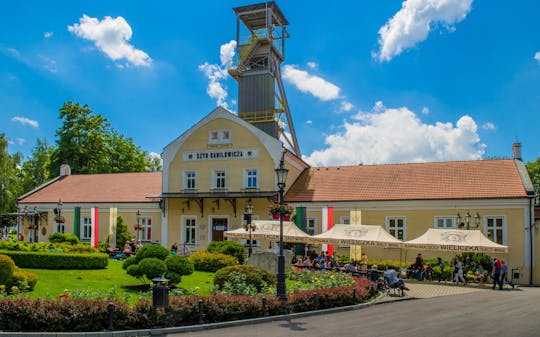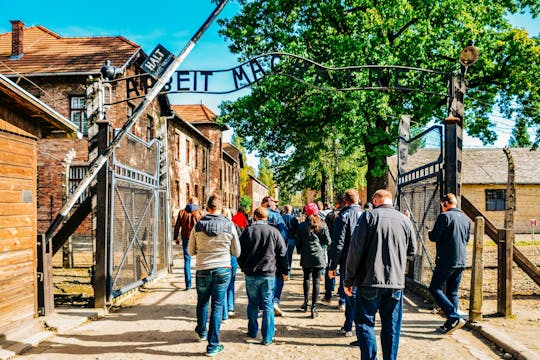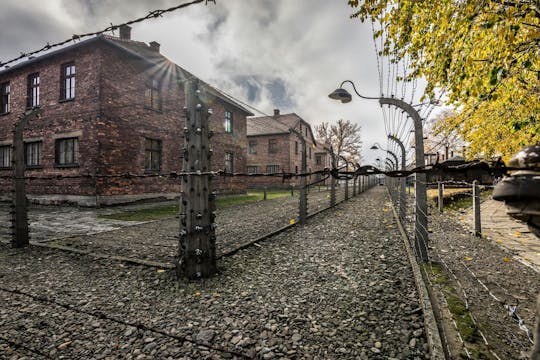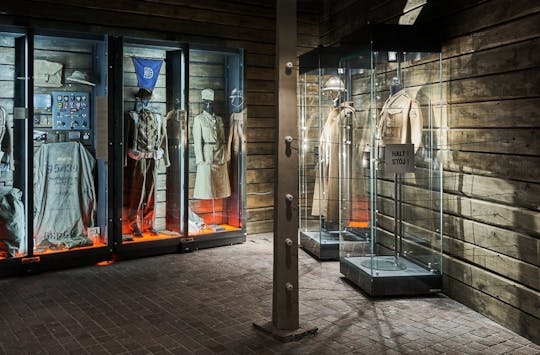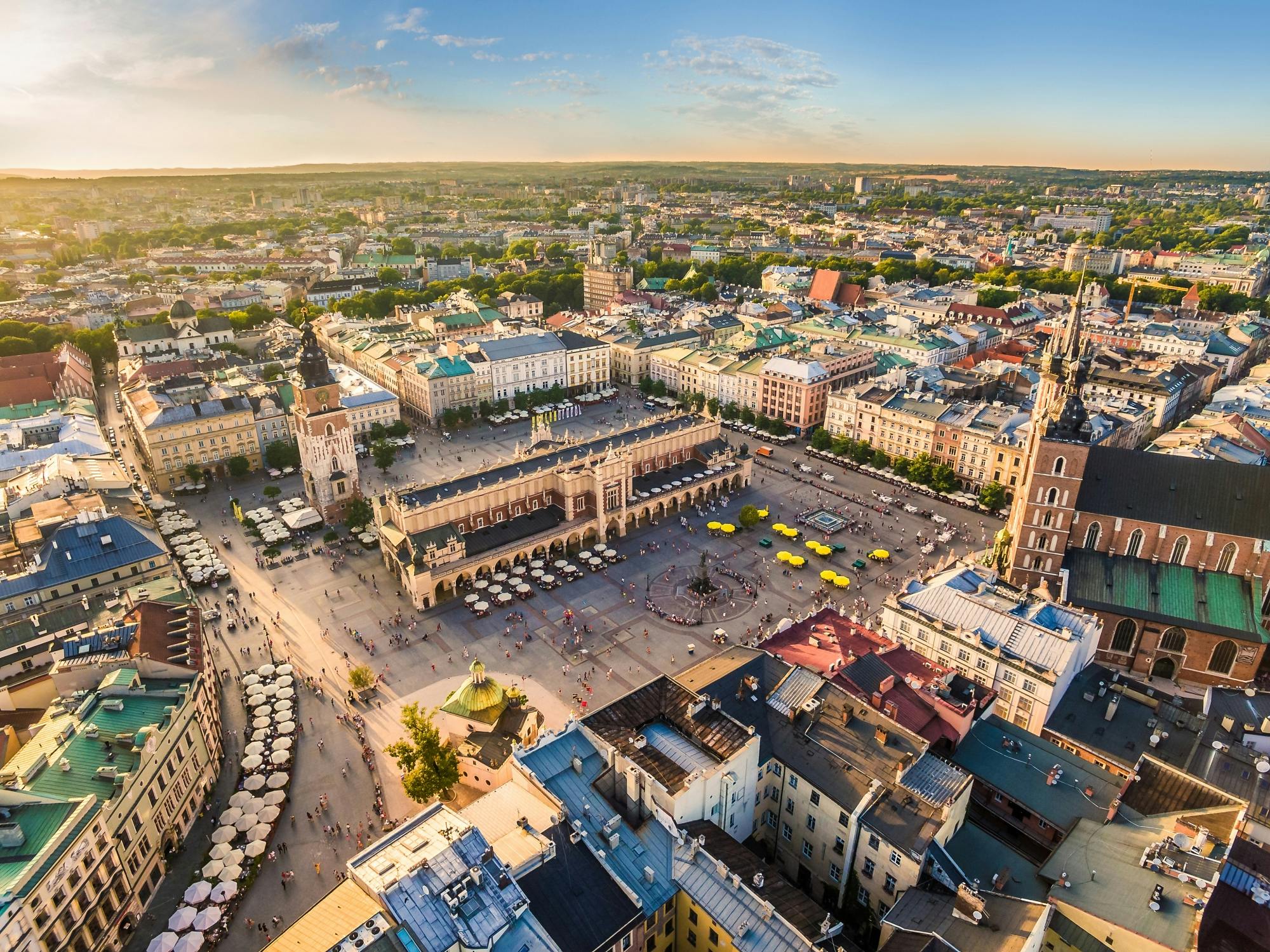
Wawel Cathedral tours
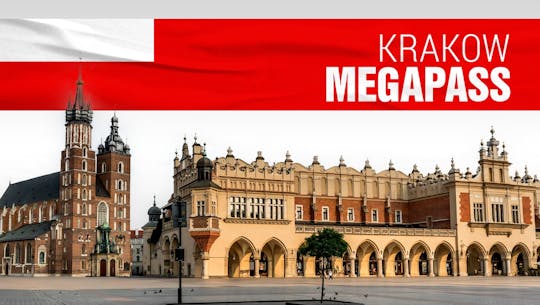
Krakow pass with three picks, audio guide and e-sim
Choose from Auschwitz-Birkenau, Wieliczka Salt Mine, or Schindler's Factory. Create your own itinerary!
en, de
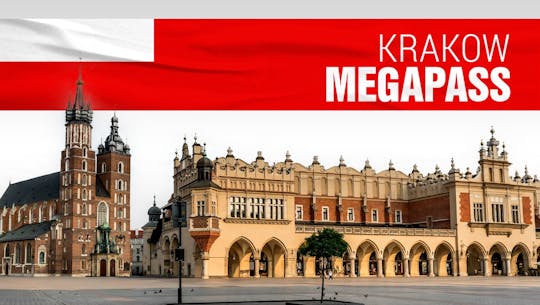
Krakow pass with two top picks, audio guide and e-sim
Choose from Auschwitz-Birkenau, Wieliczka Salt Mine, or Schindler's Factory. Create your own itinerary!
en, de
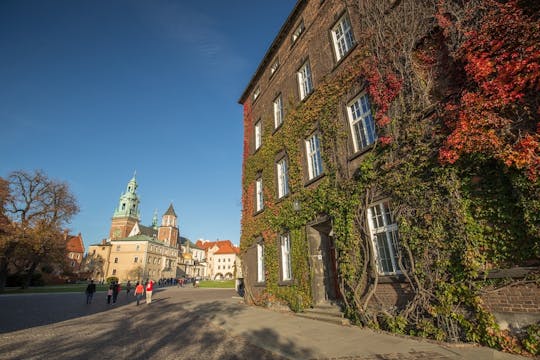
Guided Wawel tour with lunch and Vistula River cruise
Book a Wawel Hill, Castle and Cathedral guided tour with lunch and cruise by catamaran included. Visit one of Poland's top attractions and learn how the Polish monarchy used to live.
en

Krakow Old Town sightseeing by golf cart and Wawel Castle guided tour
Book a guided tour of Krakow Old Town by golf cart and explore Wawel Royal Castle. See the most iconic parts of the UNESCO world-heritage-listed city before touring the former residence of Polish kings.
en
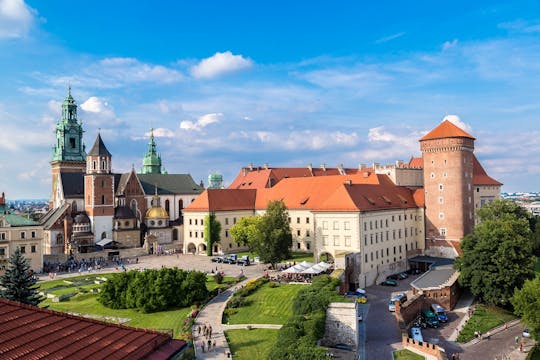
Wawel Castle, Cathedral and Wieliczka Salt Mine guided tour with lunch
Book a tour to Wawel Royal Castle and Wieliczka salt mine with lunch and transportation included. Learn about the lives of the former kings inside their State Rooms then discover the secrets hidden 340 meters underground at the UNESCO World Heritage salt mine.
en

Wawel Castle, Cathedral and Rynek Underground guided tour with lunch
Explore the Royal Route in Krakow! Visit the Royal Chambers and Cathedral on Wawel Hill and then see the Rynek Underground Museum on the Market Square.
en
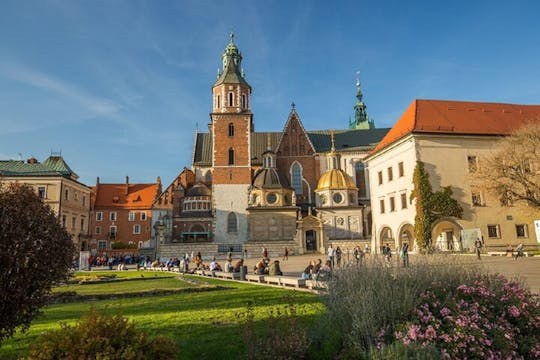
Krakow Wawel Castle and Cathedral guided tour
Book your Krakow Wawel Castle and Cathedral guided tour to see the Royal chambers of former Polish kings including the permanent exhibition of recreated rooms from the Renaissance and Baroque periods.
en, it, es, pl, fr, +1 de
Top attractions in Krakow
You might also like
The inside story
The Wawel Cathedral is a church of Cracovia, considered the national sanctuary of Poland in which traditionally the coronations of the Polish sovereigns were celebrated and rises on the hill of the Wawel. The Wawel is a hill located on the left bank of the Vistula River and for Poles the hill is a symbolic place of great significance as it is home to both the castle and the cathedral where Poland's rulers are buried.
Today's cathedral is the third to be built on the site: the first was built of wood, but was destroyed by fire. Another one followed, which met the same end. The present building was consecrated in 1364 and constructed by order of the first king of Poland.

